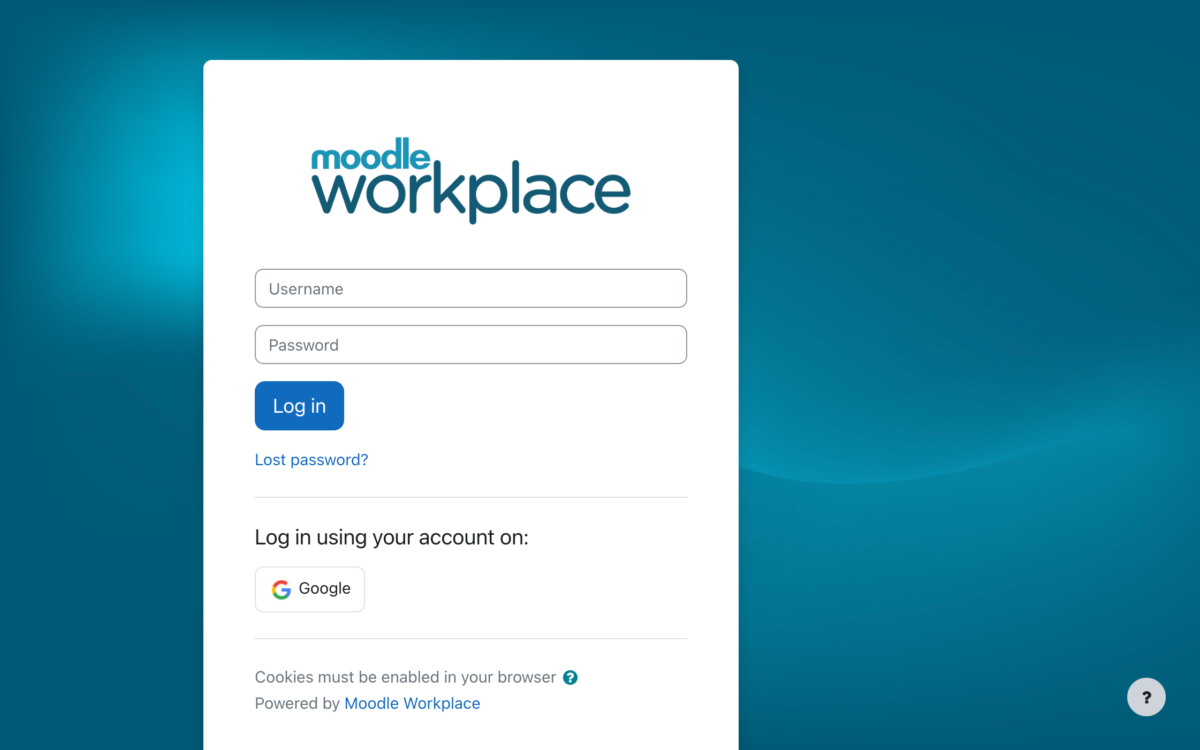The path to career advancement in eLearning has many possibilities, according to the eLearning Guild job survey.
At the Designer level the career advancement roles include:
- Senior instructional designer
- Training manager or director
- HR director
- Multimedia designer
The top level executive management roles can attract salaries of around $125,000 per year which according to the survey means you will be managing at least five direct reports.
The next tier of VP/Director will keep you in the triple figure salary range, while supervisors or managers earn around $95,000 per annum.
Those who are applying for top tier jobs need to demonstrate their project management and communication skills with clear examples according to the survey.
How can you stand out from the crowd? There’s a laundry list of common sense strategies to employ that include:
- A strong portfolio clearly showing solutions you engineered to overcome problems in the skills being advertised for the job
- If you are shifting jobs in the middle of a project you are working on, make sure you have permission to use that content before demonstrating it to potential employers. This is tricky if you don’t want to alert your employer that you are shopping your skills around.
- Keep a story in mind about how you solved a problem that you can pull out of your hat. Rehearse the story. Employers want to know your thinking and managing process.
- Use visual storytelling. Do not bore your interviewers with a standard PowerPoint presentation. Think out of the box. Use your imagination to demonstrate your skills.
Also there is a growing demand for software engineers who can design and executive Augmented Reality, AI, and Virtual Reality. These are not exotic academic skills, but can give you an edge if you have a working knowledge of how to design and executive these new eLearning skills. You can attend workshops on spatial design and applied mathematics to start expanding your knowledge base. Be ready to answer questions about how you would deliver a Virtual Reality training program and give examples of ones that you think are successful.
This building your knowledge strategy also includes video production. Video is increasingly used in eLearning as a teach tool. You can teach yourself digital editing techniques. There are plenty of software programs out there. And there are MOOC courses on learning video shooting techniques.
If you are considering the eLearning field as a career choice or you’re already in it and ready to advance, you are in an expanding occupation with many opportunities. My Learning Space is always shopping for good talent. Check out our job postings.







